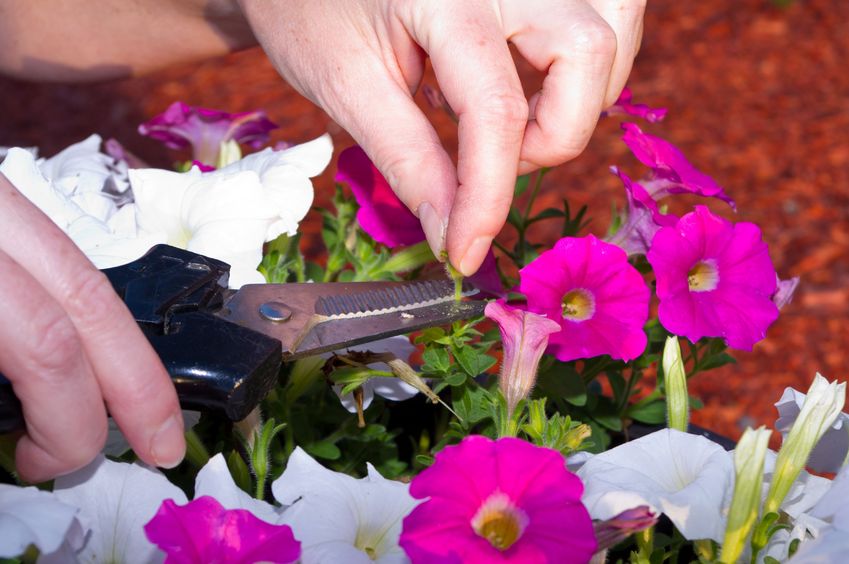
Understanding deadheading and the benefits
For many of us, our desire for fresh flowers is more than fulfilled by a quick trip to our local florist or a few clicks at an online florist. We can collect them in person or we can enjoy the added benefit of having the flower delivery made straight to our door. Others, when they think of fresh flowers, they imagine their garden in bloom and flowering potted plants. It is common knowledge that flowers need some kind of source of nutrition in order to bloom and grow. Of course, there are other tips that are essential to keeping your garden in shape as well as flower potted plants in your home. By taking the necessary steps, you can encourage your plants to produce more flowers.
You might already be aware that soil conditions, fertilizer and watering are all extremely important. Not to mention the fact that you need to plant your plants in the right part of your garden and position your potted plant in the right area of your home. So, what about deadheading? You may have heard of this common practice but, if you don’t quite understand what it is or what it does, continue reading to find out. In order to completely understand what makes deadheading so important, it is important to understand the life cycle of flowers as well as their purpose.
Flowers play the role of the plant’s reproductive organs. After pollination has taken place, the flower withers and leaves behind seeds that have been produced during this process. Once wilted, the plant focuses much of its energy on producing seeds. Once a sufficient number of seeds have been produced, there will no longer be any need for pollination and therefore no need to produce more flowers.
Flowering plants are generally classified as either annual or perennial. Perennial flowers bloom for a season before becoming dormant. They will begin blooming again when the appropriate whether conditions return. Annual flowers, on the other hand, bloom for a single season before they perish. You will find that annuals usually produce the most amazing floral displays because they only have a single season to reproduce. Perennials invest their energy into their flowers as well as general plant growth so their flowers might not be as large or striking.
Now, about deadheading, this is a process involving the removal of these wilting flowers from the main plant. Only certain perennials will respond to this method by producing additional flowers. Annuals, on the other hand, will almost definitely produce more flowers as long as you continue to deadhead. They will only perish once their season is through. The reason why deadheading is so effective in encouraging more blooms is because you are removing the plant’s seeds. Their need to reproduce drives them to make more in order to facilitate pollination and seed production.
Your garden and potted plants will provide a more colourful display and you can be proud to invite guests into your home. Your garden and plants will look well maintained and care for and, if you cut your flowers before they wilt, you can still enjoy them by arranging them in a vase with water. The more flowers your plants produce, the more you will have to decorate your home!
